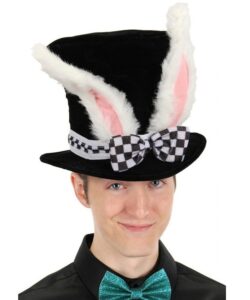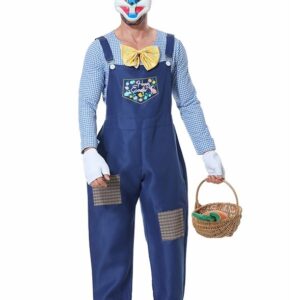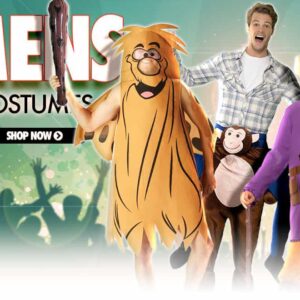Circus costumes play a pivotal role in bringing the magical world of the circus to life. These outfits are not just about bright colours and sparkle; they are an essential part of a performer’s identity, helping to tell a story and captivate the audience. The options available for circus costumes are as diverse as the acts themselves, ranging from traditional to modern, and everything in between.
Traditional Circus Costumes
When we think of a traditional circus, images of clowns, trapeze artists, and ringmasters often come to mind. Clowns, with their oversized shoes, bright wigs, and exaggerated makeup, wear costumes designed to amuse and entertain. Their outfits are often colourful and mismatched, embodying the essence of fun and chaos.
Trapeze artists and aerialists opt for costumes that combine beauty with functionality. These outfits are usually tight-fitting to avoid any interference with their aerial manoeuvres. They’re adorned with sequins and shiny materials to catch the light as they perform high above the ground, creating a mesmerising spectacle.
The ringmaster, the conductor of the circus show, wears a costume that exudes authority and flair. This often includes a top hat, a tailcoat in bold colours, and gold or silver brocade, making them stand out as they introduce acts and guide the audience through the circus experience.

Modern and Themed Costumes
As the circus world evolves, so do the costumes. Contemporary circuses often blend traditional elements with modern themes, creating unique and innovative outfits. Performers might wear costumes inspired by popular culture, movies, or fantasy, adding a fresh twist to their acts. These costumes use modern materials and technology, such as LED lights and reflective fabrics, to add visual impact and enhance the performance.
Themed costumes are popular in circuses that focus on a specific story or concept. These outfits are designed to fit the narrative, whether it’s a circus inspired by a particular era, a mythical story, or a futuristic vision. This approach allows costume designers to get creative, blending historical accuracy with imaginative design to transport the audience to another world.
Animal Costumes
Animal costumes are a nod to the historical role of animals in the circus. While the use of live animals has significantly declined in contemporary circuses due to ethical concerns, performers often pay homage to this tradition through animal-inspired costumes. These can range from elaborate lion and elephant costumes in acrobatic acts to more subtle animal motifs in makeup and accessories.
DIY and Custom-Made Options
For those involved in smaller circuses or school performances, custom-made and DIY costumes offer a way to bring creativity and personal touch to the circus. These costumes can be tailored to fit the performer’s act and personality, whether it’s sewing sequins onto a leotard for a gymnastic routine or crafting a unique clown outfit from scratch. The internet is a treasure trove of tutorials and patterns for those looking to create their own circus costumes, offering a cost-effective way to achieve a professional look.
The Importance of Comfort and Safety
Regardless of the style, comfort, and safety are paramount when it comes to circus costumes. Performers need outfits that allow them full range of motion and don’t restrict their breathing or movement. Materials need to be durable, able to withstand the rigors of performance, and, in some cases, fire-resistant. Costumes are often equipped with hidden features, such as quick-release mechanisms or reinforced seams, to ensure performers can perform their acts safely.
Summing up, circus costumes are as varied and dynamic as the performances themselves. From the traditional sparkle of the trapeze artist to the modern glow of LED-lit outfits, these costumes play a crucial role in the visual spectacle of the circus.

